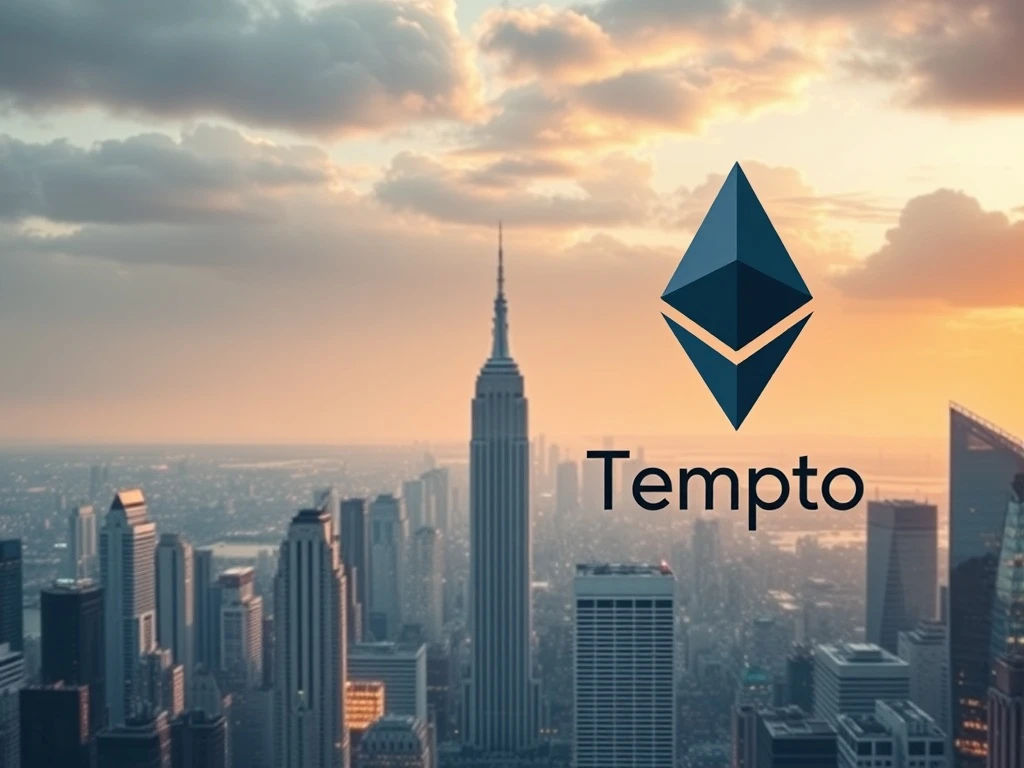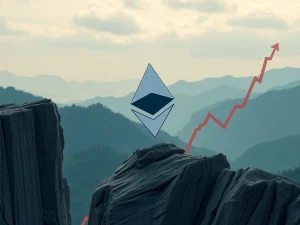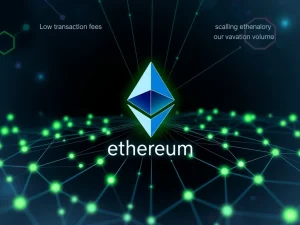Dankrad Feist’s Pivotal Move: Ethereum Foundation Veteran Joins Stripe Tempo

The cryptocurrency world recently witnessed a significant development. **Dankrad Feist**, a prominent researcher at the **Ethereum Foundation**, announced his new role. He is joining Tempo, a new **layer-1 blockchain** initiative. This move, linking a core Ethereum contributor with a project backed by Stripe and Paradigm, has sparked considerable discussion. It highlights the evolving landscape of blockchain development and the future of **crypto payments**.
Dankrad Feist Transitions from Ethereum Foundation to Stripe Tempo
Dankrad Feist has long served as a respected developer and researcher within the **Ethereum Foundation**. His contributions have been vital to Ethereum’s scaling efforts. On Friday, Feist confirmed his decision to join Tempo. Tempo is a dedicated **layer-1 blockchain** designed for payments and stablecoins. Stripe and Paradigm back this ambitious project. Despite this new venture, Feist will maintain his connection to Ethereum. He plans to remain a “research adviser” at the **Ethereum Foundation**. In this capacity, he will offer insights on critical areas. These include network scaling, improving user experience (UX), and blobs. Blobs are a feature that optimizes blockspace by temporarily storing data.
Feist articulated his rationale for this pivotal move. He believes Tempo and Ethereum share similar fundamental values. Furthermore, he stated that the two projects “complement” each other. He emphasized Tempo’s open-source technology. He explained it could easily integrate back into Ethereum, benefiting the entire ecosystem. Both platforms, he noted, are built with permissionless ideals in mind. Feist expressed his eagerness to stay involved with the community. He aims to continue pushing Ethereum forward. This dual role underscores a commitment to advancing blockchain technology across different fronts.
Stripe Tempo Emerges as a New Layer-1 Blockchain for Crypto Payments
Tempo positions itself as a specialized **layer-1 blockchain**. Its primary focus is facilitating efficient **crypto payments** and stablecoin transactions. Stripe, a global financial technology company, and blockchain investment firm Paradigm are behind its development. The creation of a new, purpose-built blockchain for payments raises questions. Many in the crypto community wonder about its necessity. Ethereum’s ecosystem, for instance, heavily relies on layer-2 solutions. These solutions aim to scale its network for faster, cheaper transactions, including payments. Therefore, Tempo’s emergence represents a distinct strategic choice. It offers an alternative approach to handling digital payments at scale.
The core idea behind Tempo is to optimize for specific use cases. By building a dedicated **layer-1 blockchain**, Tempo seeks to achieve high throughput and low transaction costs. These are crucial for widespread adoption of **crypto payments**. This design philosophy contrasts with general-purpose blockchains. These often face congestion and higher fees when handling a large volume of transactions. Tempo aims to provide a robust infrastructure. This infrastructure could potentially streamline financial operations using stablecoins. Ultimately, it seeks to offer a reliable platform for businesses and individuals.
Community Divided on Stripe Tempo’s Layer-1 Blockchain Approach
The announcement of Feist’s move and Tempo’s nature sparked varied reactions. Some community members offered messages of support. Others viewed it as a significant loss for the Ethereum ecosystem. This sentiment is particularly strong during a period of considerable change for Ethereum. The broader crypto community also remains split regarding the necessity of the Tempo blockchain itself. Many question whether a payments-focused, dedicated stablecoin blockchain network is truly needed.
Critics voiced strong opinions. Joe Petrich, head of engineering at NFT platform Courtyard, commented on Stripe CEO Patrick Collison’s Tempo announcement. He stated, “No one wants another chain.” He added there is “no need for yet another chain.” Furthermore, Devansh Mehta, another researcher at the **Ethereum Foundation**, questioned the decision. He asked why Tempo launched as a purpose-built blockchain. He suggested it could instead become an Ethereum layer-2 scaling network. Mehta raised concerns about app-specific **layer-1 blockchain** chains. Such chains must build out their own validator sets. This process can lead to centralization issues. Moreover, they might face increased legal liability. These points highlight a fundamental debate within the blockchain space.
Broader Implications for Ethereum Foundation and Future of Crypto Payments
This ongoing debate unfolds amid existing tensions. Ethereum and its numerous layer-2 scaling solutions currently navigate a complex relationship. Some observers characterize L2s as potentially cannibalizing Ethereum’s base layer revenue. They also see them as a downward force on Ether’s (ETH) price. However, these L2s undeniably bring significant user traffic and enhanced functionality to the ecosystem. **Dankrad Feist**’s transition underscores the dynamic nature of blockchain innovation. It highlights the continuous search for optimal solutions for scaling and **crypto payments**.
The **Ethereum Foundation** plays a crucial role in guiding the network’s future. The departure of a key researcher, even in an advisory capacity, prompts reflection. It signals the increasing competition and diversification within the blockchain industry. Tempo’s development, backed by major players like Stripe, could reshape the landscape of **crypto payments**. It might also influence how other blockchains approach specialized applications. Ultimately, Feist’s move represents a fascinating development. It challenges existing paradigms and opens new avenues for collaboration and competition in the quest for efficient, widespread digital finance.










